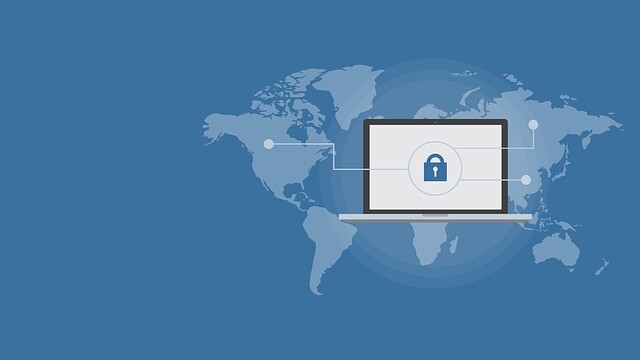In this article
If ransomware slips past your defences and gets a foothold in your business you can wipe your computers and start afresh, but only if your important files are safe elsewhere with a data backup.
The best business IT security employs multiple lines of defence, from network firewalls and server-side spam filtering to desktop antivirus and the latest Windows security updates. Even so there’s still a chance that malware can slip past your safeguards, perhaps disguised as an innocent-looking email, so it’s important to get business data backup as a last line of defence.
Cryptolocker-style ransomware attacks generally rely on human frailties in order to do their dirty work. They typically arrive in the form of bogus emails that look too dull to be fake, instead of too good to be true. Rather than insisting you’ve won the lottery or inherited a long-lost fortune, they claim that you’ve missed a parcel delivery or forgotten to pay a utility bill – the kinds of emails businessfolk would expect to receive.
Opening the attachment unleashes the payload, which quickly encrypts important documents on your computer and can even go in search of files on external drives and network file shares. With your files locked away, the scammers demand payment in Bitcoins in return for your data’s release.
Unfortunately, people can be the weakest link in your internet security chain. This means combating malware isn’t just a technical challenge; it also requires training your people to remain vigilant.
Teaching your staff to spot suspicious emails goes hand in hand with business security policies and processes that ensure only authorised staff deal with emails demanding payment or involving other administrative tasks such as liaising with courier companies.
WannaCry is particularly nasty ransomware because it’s a worm that can spread independently, rather than waiting for someone in your organisation to accidentally open an infected attachment or click on a malicious link. WannaCry exploits a known flaw in Windows that many businesses have failed to patch with the latest security updates from Microsoft.
A robust internet security system for your business should catch these kinds of ransomware threats before they do any damage but, if all else fails, you can always reinstall or roll back Windows and then revert to your data backup rather than paying the ransom.
For your data backup regime to save the day it’s vital that it keeps previous versions of documents, otherwise if you inadvertently back up an encrypted file it will overwrite the original and you’ll lose it forever.
Even if your data backup service runs antivirus checks on your files before they’re uploaded, you can’t rely on it to detect a ransomware attack. Remember, your files aren’t actually infected with a virus – they’re simply encrypted, and the trouble is that you don’t know the decryption password.
It’s important to ensure your backup system keeps multiple copies of all file formats, not just Office documents. This doesn’t just offer an insurance policy of sorts against ransomware, it can also save the day if the files on your computer become corrupted – ensuring you can revert to an earlier version when your file was still intact.
As scammers become more cunning, there’s always a chance ransomware could slip past your defences. If ransomware hits your business, make sure you have multiple data backups tucked away safe and sound.


